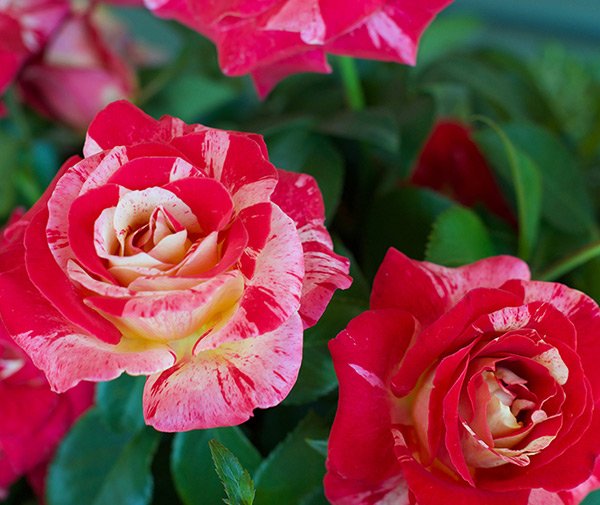Tips for Healthy Blooms
Watering roses correctly is crucial for maintaining their health and ensuring vibrant blooms. Whether you are a novice gardener or a seasoned rose enthusiast, understanding the nuances of watering these beautiful flowers can make a significant difference in your garden’s appearance and vitality. This guide covers everything from the frequency of watering to the best methods, ensuring your roses thrive.
Watering Newly Planted Roses
Newly planted roses require more attention in terms of watering compared to their established counterparts. Initially, their root systems are still developing and expanding into the surrounding soil. During this growth phase, it’s important to water them frequently. As the roses establish themselves and their roots delve deeper, you can gradually reduce the frequency of watering.
Caring for Established Roses
For established roses, the watering approach changes. Instead of a set routine, water these plants only as needed. The key is to provide a thorough soaking that reaches deep into the root system. A telltale sign that your roses need water is when you notice their foliage wilting in the morning. When you water, ensure you’re soaking the root ball and the surrounding soil adequately.RYAN.
How Much Water Do Roses Need?
A general rule of thumb is that roses need at least one inch of water per week. However, it’s best to check the moisture level by hand. The goal is to keep the soil around your roses consistently moist. When watering, focus on the base of the plant and avoid wetting the leaves to reduce the risk of disease. Additionally, good air circulation is vital for healthy roses.
We recommend the following amounts per rose each time you water:
- Roses in pots – 1 gallon
- Standard tree roses – 2 gallons
- Rambling roses – 2 gallons
- Shrub roses – 1 gallon
- Climbing roses – 2 gallons
The Risks of Overwatering
It is possible to water roses too much, which can be detrimental. Overwatering can lead to nutrient runoff from the soil, necessitating excessive weeding, fertilizing, and pruning. Additionally, frequent light watering may lead to a shallow root system, making the plant less resilient during drought conditions.
Timing Your Watering
Creating a watering schedule is beneficial. It’s best to water roses early in the day to minimize water loss due to evaporation and to avoid wetting the foliage, especially in the evening, which can lead to disease. In the hot summer months, water your roses only when they show signs of stress in the morning, like curled or drooping leaves. Some afternoon wilting is natural, as long as the plant recovers by morning.
Best Watering Practices
For effective and efficient watering, consider using drip irrigation systems or soaker hoses. These methods not only conserve water but also promote disease-free plants by keeping the foliage dry.
Preparing Bare Root Roses
When it comes to bare-root roses, proper hydration before planting is key. Ideally, soak your bare-root roses overnight before planting. This step is crucial for their initial performance and health.
Finally, mastering the art of watering roses is essential for any gardener looking to enjoy the beauty and fragrance of these iconic flowers. By following these guidelines, you can ensure your roses receive the right amount of water, contributing to their overall health and the vibrancy of your garden.


